An Overview Of Autism Spectrum Disorder (ASD)
Autism spectrum disorder (ASD), more commonly referred to as autism, is a disorder with a variety of conditions that challenge the individual’s social skills, verbal and written communication, and repetitive behaviors. The Centers for Disease Control and Prevention (CDC) estimates one out of every sixty-eight children within the United States is autistic. However, autism is more common in boys than in girls, affecting one out of every forty-two boys, and one out of every one hundred eighty-nine girls.
The signs and symptoms of autism become most evident between the ages of two and three, but some cases have seen patients diagnosed as early as eighteen months old.
Understanding The Common Signs And Symptoms Of ASD
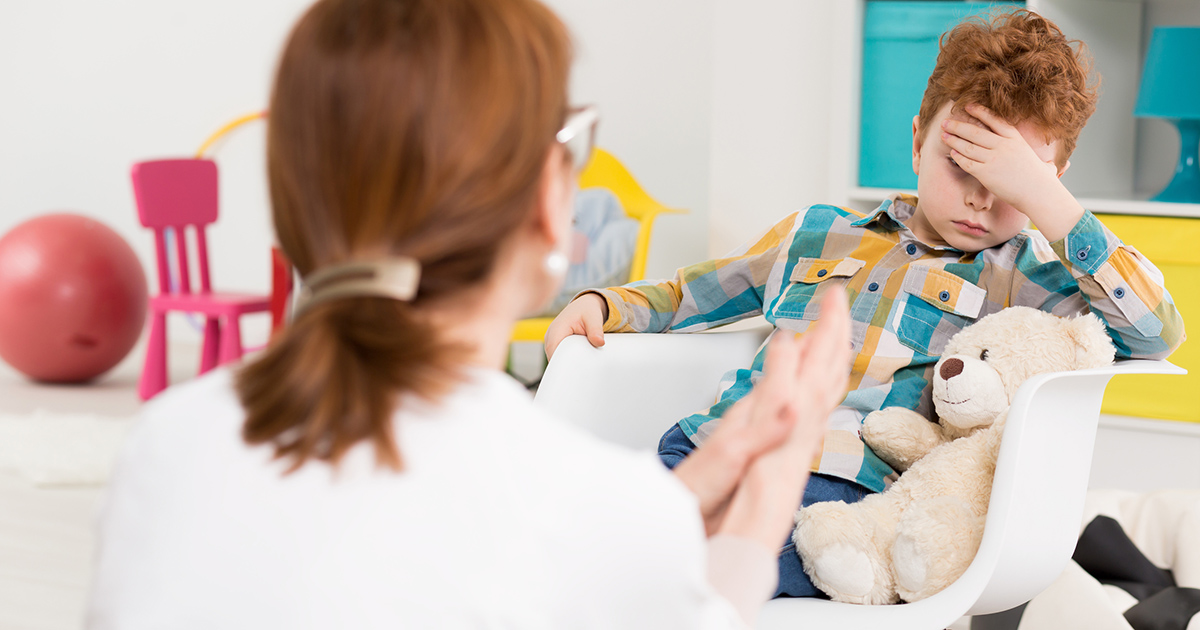
Symptoms and their severity may vary from patient to patient, but there are quite a few common signs and symptoms of autistic patients. They may have difficulties with relationships and social interactions, including having trouble making eye contact, with their body language, lack of empathy, and lack of interest in the same hobbies as their peers. There may also experience a lot of struggles with verbal and nonverbal communication. It has been reported that up to forty percent of patients with autism never speak.
Other signs and symptoms include an increased focus on certain pieces instead of the whole, preoccupation with specific topics, routines, and stereotyped behaviors.
Continue reading to build on your knowledge of symptoms of autism and learn all about the causes.
What Are The Genetic Factors And Causes Of ASD?
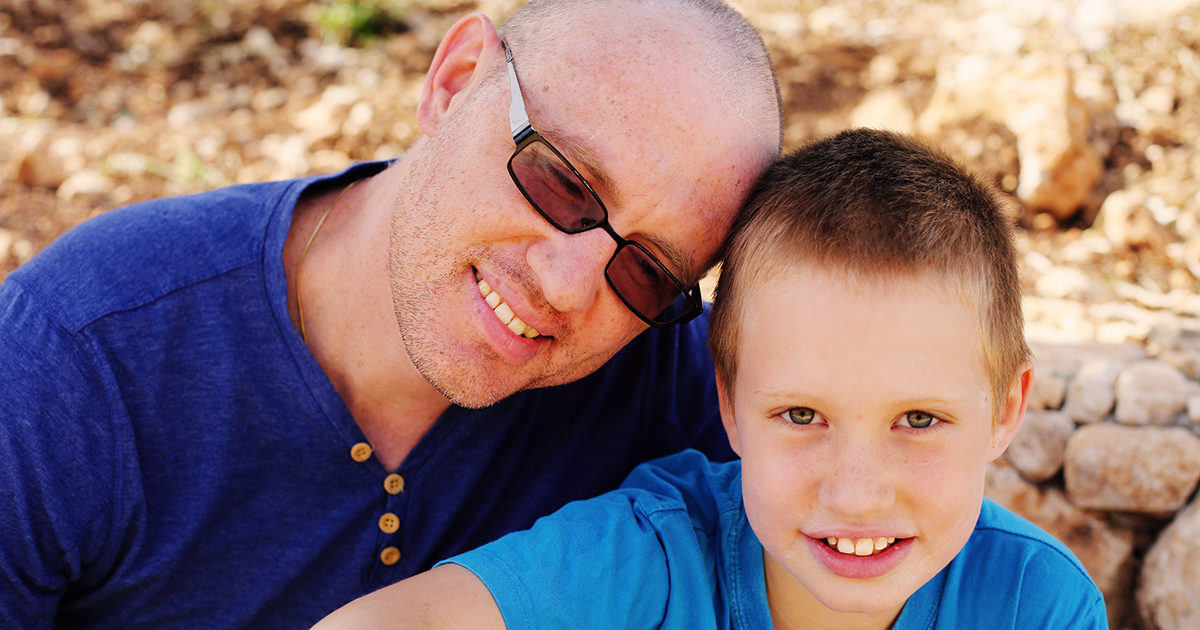
The causes of ASD do not have enough supporting evidence to determine an exact cause, but two factors contribute to the cause of ASD: genetic and environmental. There is not one gene identified as a direct cause of autism. However, autism is known to run in families, which enforces the idea that it is a genetic disorder. Autism tends to transpire more often among patients diagnosed with medical conditions such as untreated phenylketonuria (PKU), tuberous sclerosis, fragile X syndrome, and congenital rubella syndrome.
Now that you know the genetic factors, continue reading to learn more about the environmental factors contributing to the development of autism.
What Are The Environmental Factors And Causes Of ASD?

Many environmental factors have been considered to be linked to autism during prenatal life. Bacterial and viral infections in the mother during pregnancy have been found to increase the risk of autism in her offspring vaguely.
Other factors associated with autism spectrum disorder as contributing factors include the mother having a folic acid deficiency during conception, gestational diabetes, and the use of certain antidepressants. However, not enough substantial evidence has been found to support these connections to ASD. There have also been many rumors on vaccinations being linked to the cause of autism. However, the CDC debunked this rumor in 2013.
Now knowing the environmental and genetic factors that contribute to ASD, keep reading to learn about how doctors reach their diagnosis.
Diagnosing Autism Spectrum Disorder
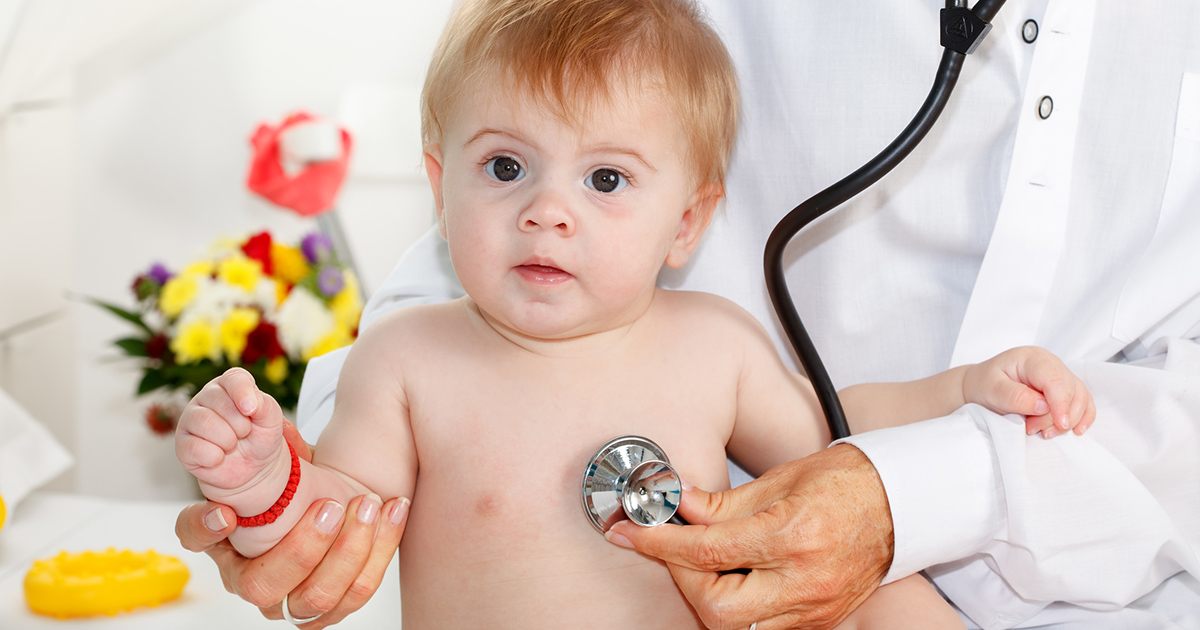
Often extreme cases of ADHD can be mistaken for ASD, as the symptoms can be quite similar. The symptoms of ASD vary from patient to patient, but there are many signs parents and doctors can keep an eye out for. Some of the signs include the baby not babbling or pointing by a year old, not saying single words by sixteen months or two-word phrases by two years old, no response to calling their name, poor eye contact, loss of communication or social skills, as well as no smiling or social responsiveness.
Some symptoms that may occur later include a difficulty making friends and sustaining conversation, repetitive language, intense and focused interest, and preoccupied with specific subjects or objects.
Continue reading to learn about the tests and examinations a doctor may conduct to diagnose ASD.
Examinations And Tests
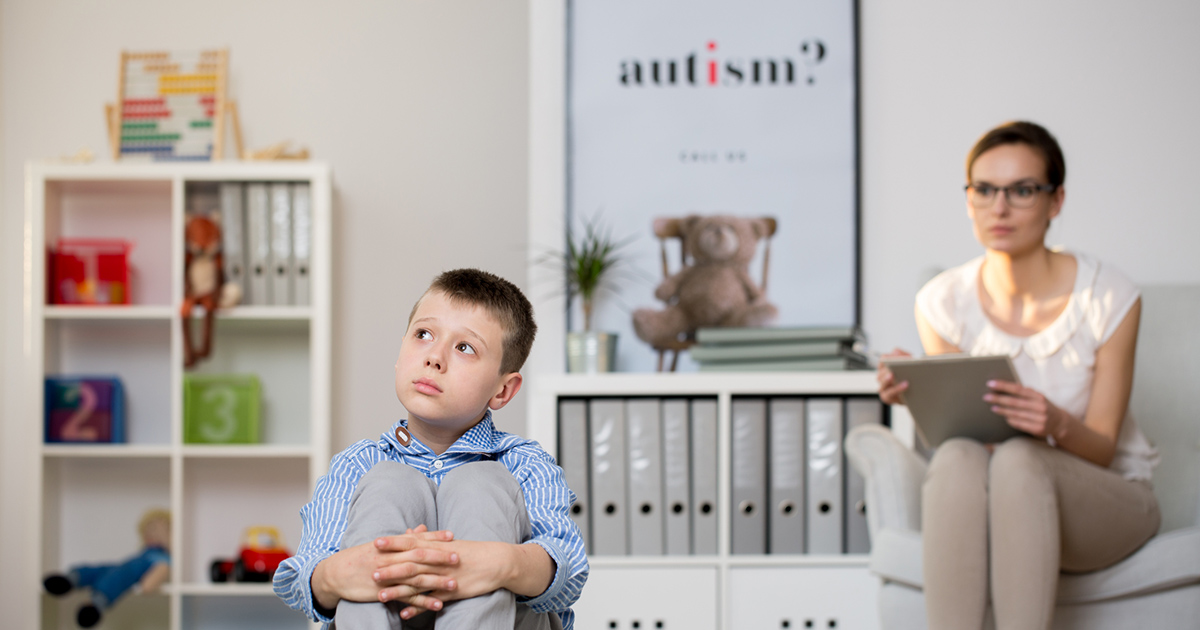
Many examinations and tests can be administered to detect ASD. Behavioral assessments in the form of guidelines and questionnaires are used to assist the doctor in determining the specific developmental delay the child may have. Some behavioral assessments include a medical history interview, the diagnostic guidelines for autism by The American Association of Childhood and Adolescent Psychiatry (AACAP), clinical observations, and developmental and intelligence tests.
Other assessments include MRIs, physical exams, hearing tests, tests for lead poisoning, a chromosomal analysis, and an electroencephalograph (EEG). By getting an early diagnosis and treatment, children with ASD can reach their full potential.
With this in mind, continue reading to learn about the treatments for ASD.
Treatments For ASD

There have not yet been any way to prevent autism, and due to the disorder affecting patients differently, methods of treatment are on a case to case basis. However, there are many ways it can be treated with help from family and a team of professionals. Aside from the family, the team may include a therapist, physician, and a speech-language pathologist.
Some treatment methods include behavioral training and management through self-help, social skills training, and positive reinforcement. Some other treatments include medications, community support, and speech, occupational, and physical therapy. Young children with ASD should receive twenty-five hours of therapeutic activities unique to the child’s needs per week with highly-trained therapists.
Now that you know some of the methods of treatment, read further to learn all about some home treatments.
How Can Family Members Help Someone With Autism?
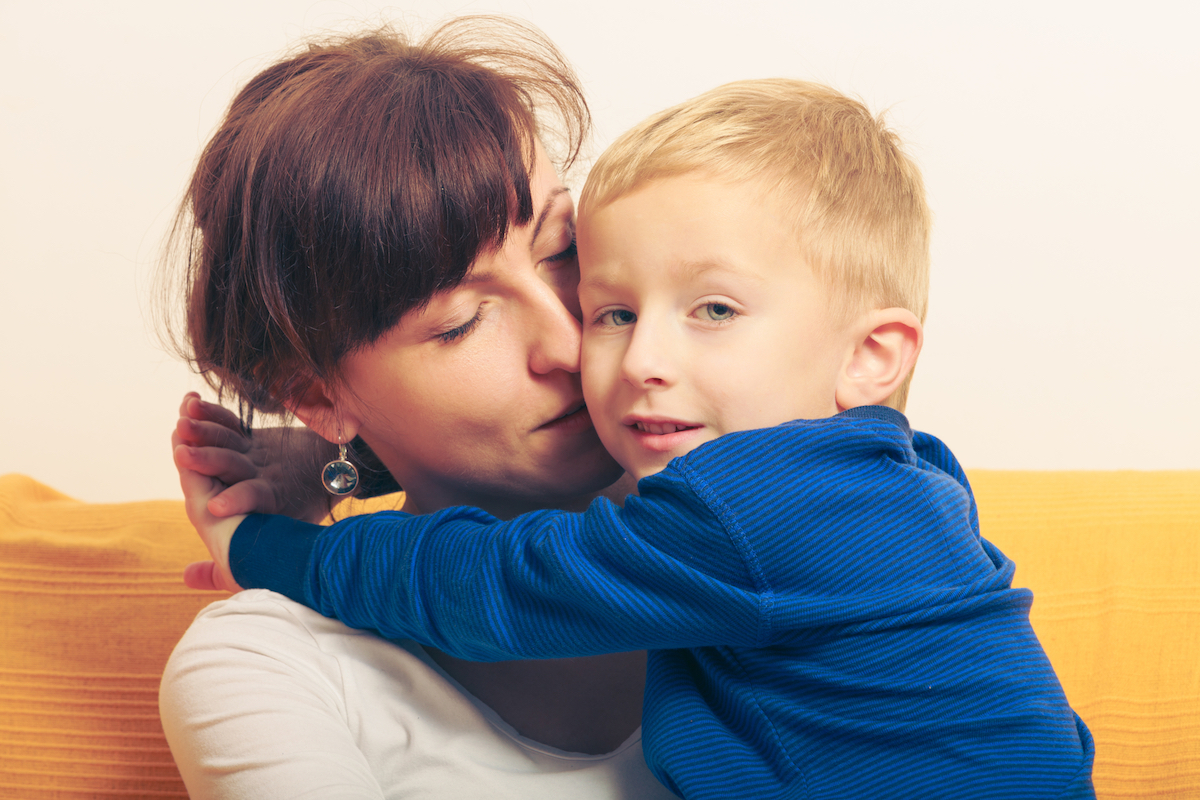
There are quite a few at-home treatments for bettering the lives of patients with ASD. The first step to assisting someone with autism is to become educated on the disorder by speaking to a doctor or getting into contact with autism groups. By becoming more educated, a stronger connection can be made with the doctor. However, it is essential to communicate and work closely with everyone helping the child.
Some other at-home treatments include getting them involved in a hobby, seeking support, and promoting healthy growth and development of their self-esteem, weight, confidence, and friendships.
For information on support groups, contact the Autism Society of America.
